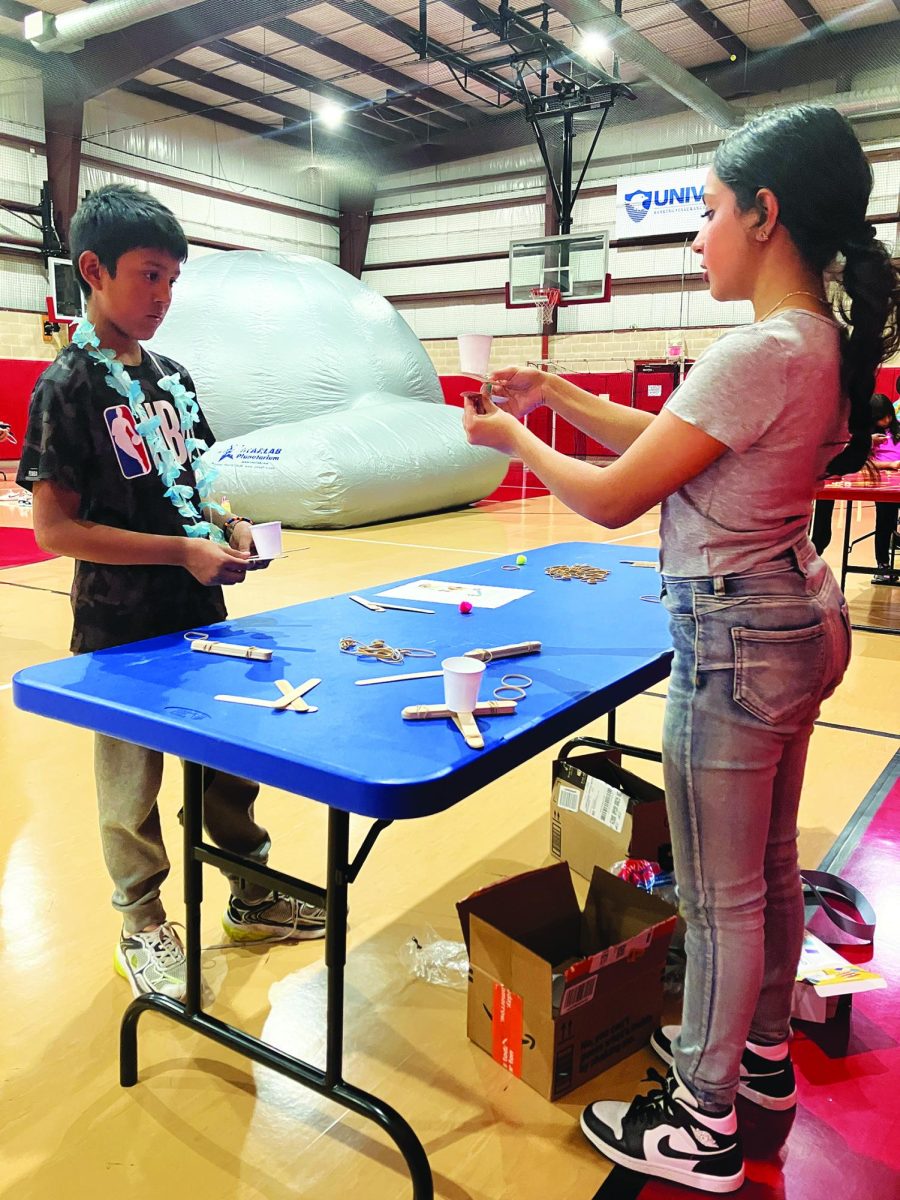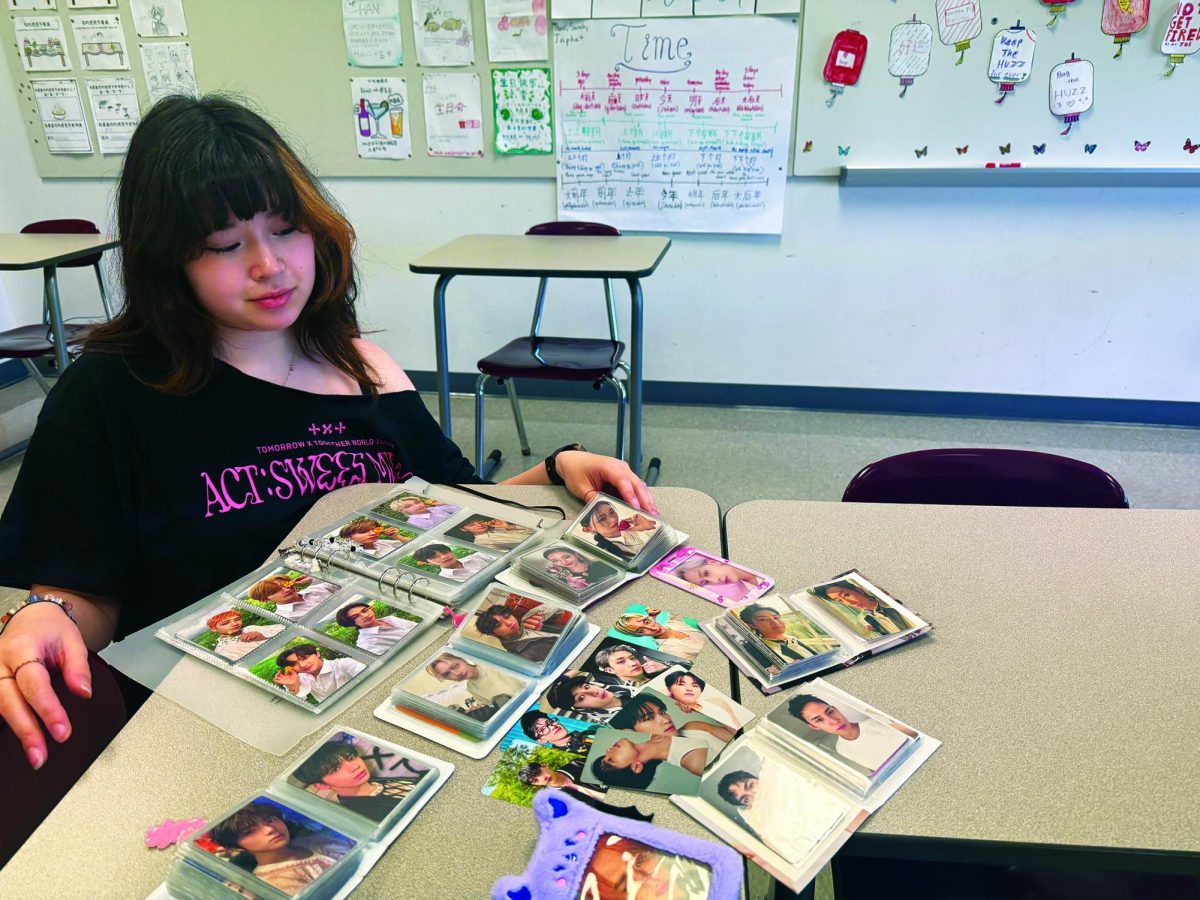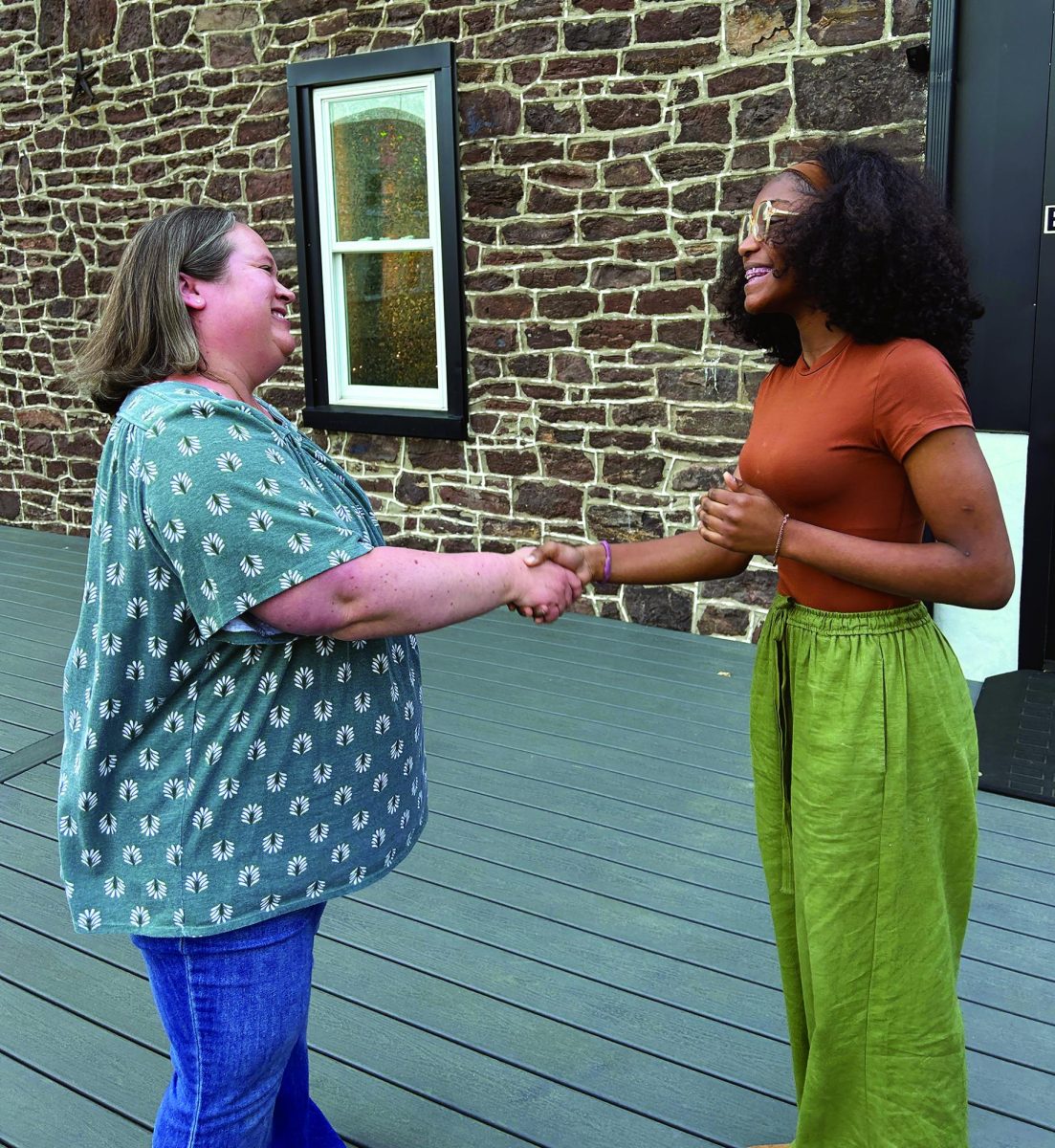Prejudice against Asian-Americans has contributed to a long-standing issue of casual racism and stereotyping, which was only made worse by COVID-19 narratives in the United States.
According to sophomore Amy Tran, media misrepresentation directly influenced the people around her, especially at the beginning of the pandemic.
“Before we went into quarantine last year, I experienced a lot of people calling me names or muttering things under their breath about me,” Tran said.
These comments, which are dismissed as “dark humour” are made socially acceptable even though they have racist undertones Tran said.
Junior Cianna Chung believes that the core of this issue is the labeling of the coronavirus as the “Chinese Virus” or the “Kung Flu” because it instills racism into “ignorant minds.”
According to Chung, there are people that hear these labels who then think Asian Americans are somehow connected to COVID-19.
These anti-Asian COVID-19 titles were first popularized by the former President Donald Trump.
According to sophomore Lydia Hwang, some media outlets continued to use these terms despite their negative connotations.
Chung believes that people who are more prone to violence will act on the belief that Asian Americans are tied to the spread of the coronavirus. Chung said that this is why there is a rise in racially charged attacks across the country.
“I feel that there were people who already had the aggression and the anger, so the pandemic just gave them reasoning to validate their violence,” Chung said.
For sophomore Christian Pham, these acts of violence which are increasing across the country create a sense of uncertainty about the safety of his grandparents.
“You see this happening to Asian elderly across the country and it makes you think to yourself, ‘Could my grandparents be next?’” Pham said.
According to Hwang, racism was not something that kids were born with; they learned it as they got older.
One example of this was an offensive playground chant commonly known as “Chinese, Japanese, dirty knees” where students would imitate an Eastern Asian eye shape in a discriminatory manner.
“I never experienced any kind of discrimination until third grade when this song went around,” Hwang said. “It confused me because I didn’t understand why they were making fun of me and I knew that they weren’t like that growing up.”
Tran reinforces this sentiment and feels that kids are not born racist.
“I think racism is taught. That’s a phrase I hear all the time. I really think that because you don’t wake up one day cursing people out for the color of their skin,” Tran said.
According to Tran, a solution to this “systematic” issue is to teach kids at a young age the impacts all kinds of racism can have on people.
She believes that this issue is not stressed enough and that microaggressions as well as stereotypes fly under the radar in schools.
For Tran, teaching this in school at a young age is important because parents with bigoted beliefs are already firm in their viewpoints and are not likely to listen to strangers lecture them about their racist behaviors.
Tran believes that children can also have an influence on their parents if they can talk to them about how harmful casual acts of racism can be.
“I think that it starts with kids. Even though parents have such a large influence on how a kid acts, the kids have just as much influence on their parents, too,” Tran said. “I really think children are the key to seeing change in our generation.”
Anti-Asian discrimination continues, heightens during pandemic
Through stereotyping and acts of violence, the Asian community has faced a constant struggle with racial discrimination. COVID-19 ignited additional harm due to misrepresentation in the United States.
*Celebrating her Asian heritage…Sophomore Amy Tran and her younger sister Aryton wear the national traditional dress of Vietnam, the áo dài. Tran is still in touch with Vietnamese culture and traditions. Photo by Dung Pham*
0
More to Discover
About the Contributor

Patrick Rother, Co-Editor-in-Chief






